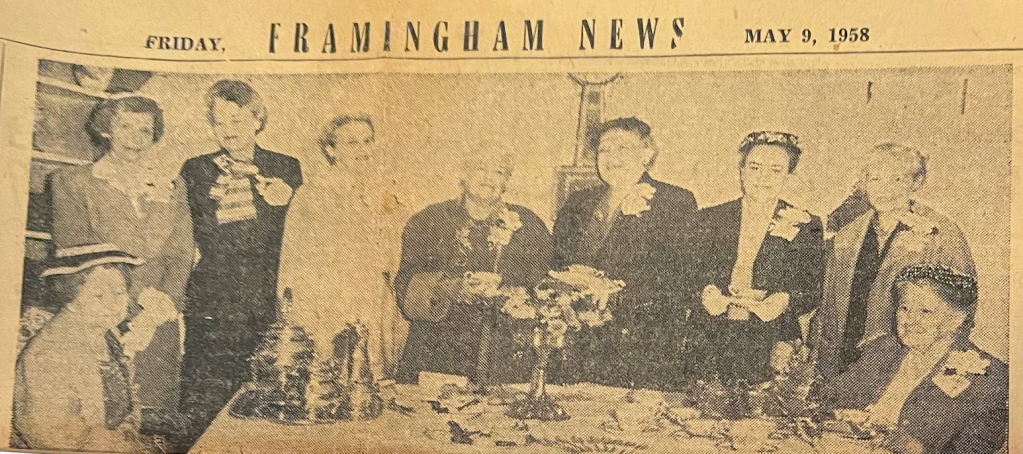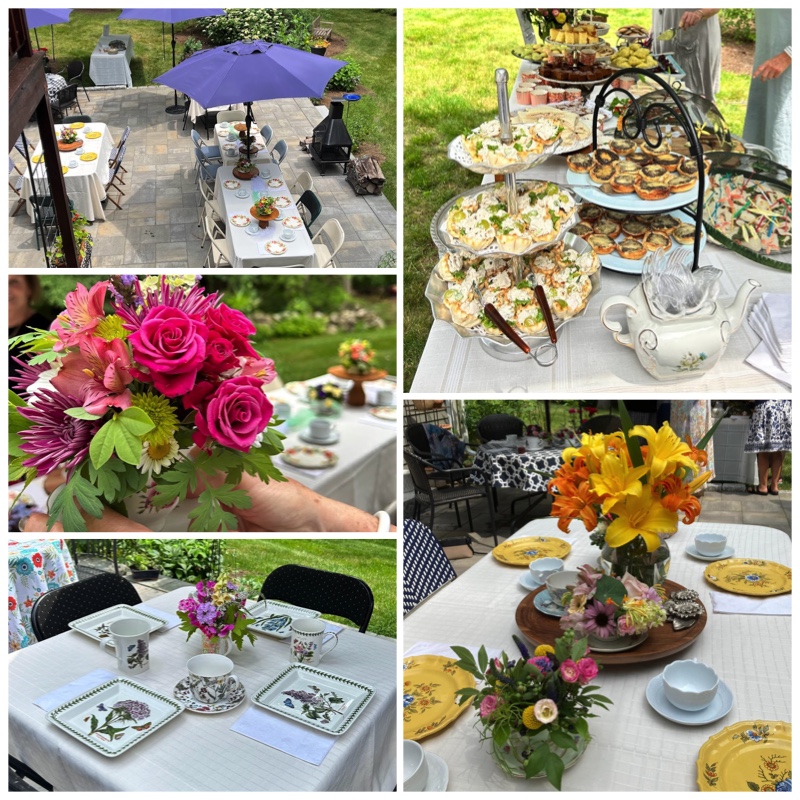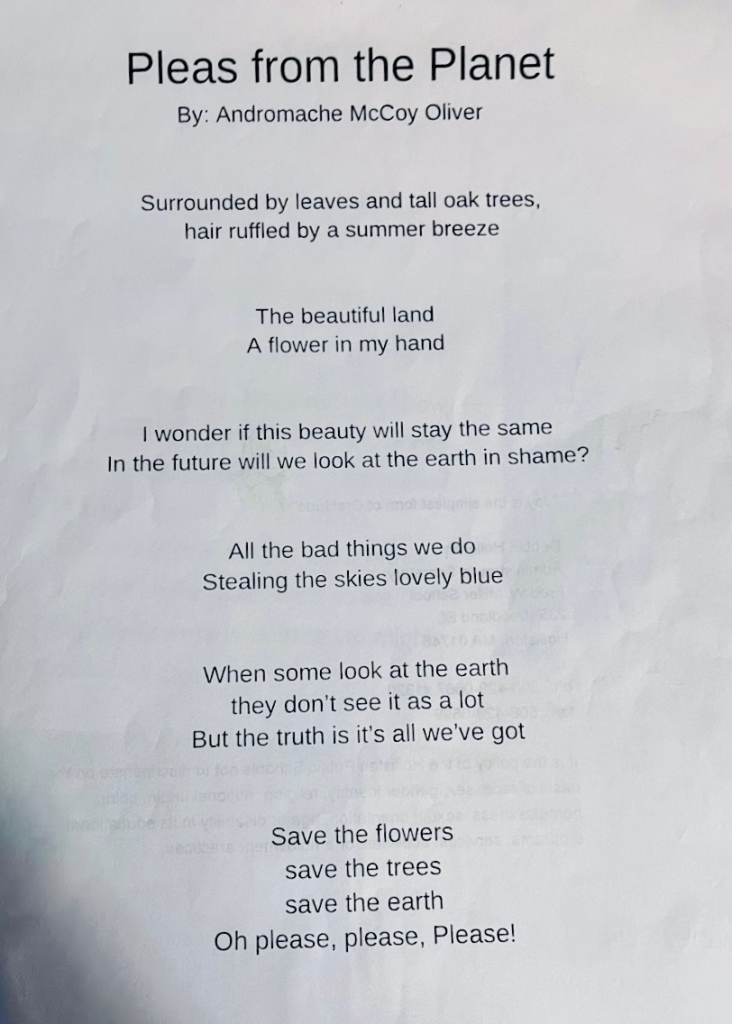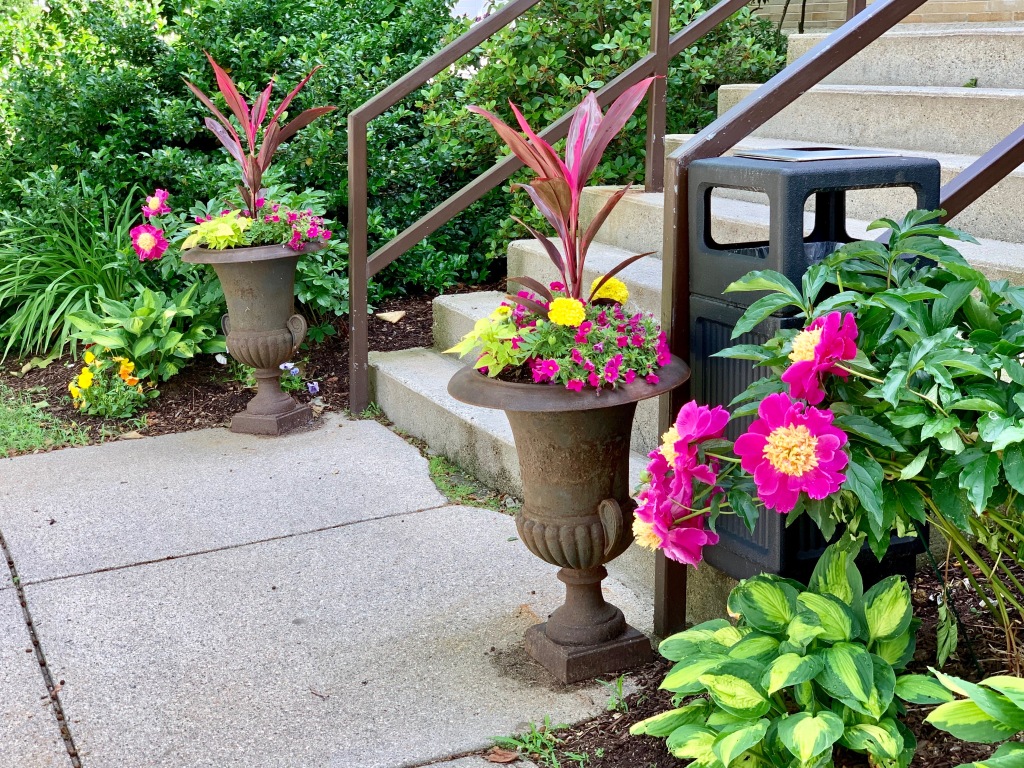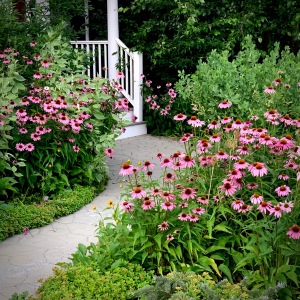With a little help from our local librarians, we have compiled a list of just a few great books about gardening for children!
❀❀❀
Planting a Rainbow by Lois Ehlert
Recommended ages: 1-4
Through brilliant, textured cut paper collages, the story follows the progress of a mother and daughter in their backyard as they plant bulbs, seeds, and seedlings and nurture their growth into a rainbow of flowers.
❀❀❀
Lola Plants a Garden by Anna McQuinn
Recommended ages: 2-4
How does your garden grow? Book-loving Lola is inspired by a collection of garden poems that she reads with her mommy. She wants to plant her own garden of beautiful flowers, so she and Mommy go to the library to check out books about gardening. They choose their flowers and buy their seeds. They dig and plant. And then they wait. Lola finds it hard to wait for her flowers to grow, but she spends the time creating her own flower book. Soon she has a garden full of sunflowers and invites all of her friends for cakes and punch and a story amongst the flowers.
❀❀❀
Up, Down and Around by Katherine Ayres
Recommended ages: 2-5
A garden produces a variety of edible plants, such as corn that grows up, onions that grow down, and tomato vines that twine all around. Peppers grow up. Potatoes grow down. Pumpkins vine around and around. From seeds dropping into soil to corn bursting from its stalks, from children chasing butterflies to ants burrowing underground, everything in this vibrant picture book pulses with life — in all directions!
❀❀❀
My Garden by Kevin Henkes
Recommended ages: 2-5
After helping her mother weed, water, and chase the rabbits from their garden, a young girl imagines her dream garden complete with jellybean bushes, chocolate rabbits, and tomatoes the size of beach balls.
❀❀❀
Waiting for Wings by Lois Ehlert
Recommended ages: 2-6
Every spring, butterflies emerge and dazzle the world with their vibrant beauty. But where do butterflies come from? How are they born? What do they eat–and how? This book also contains suggestions for growing a butterfly garden.
❀❀❀
A Seed Grows by Antoinette Portis
Recommended ages: 3-6
From a tiny seed to a huge, fold-out bloom, the transformative life cycle of a sunflower plays out in this educational picture book.
❀❀❀
The Curious Garden by Peter Brown
Recommended ages: 3-6
One boy’s quest for a greener world… one garden at a time. While out exploring one day, a little boy named Liam discovers a struggling garden and decides to take care of it. As time passes, the garden spreads throughout the dark, gray city, transforming it into a lush, green world.
❀❀❀
We Are the Gardeners by Joanna Gaines
Recommended ages: 4-8
A young family learns to grow a garden, describing how they prepared the soil, watered their plants, dealt with the animals who invaded their garden, and how all their hard work finally paid off as they harvested vegetables and flowers.
❀❀❀
A Kid’s First Book of Gardening by Derek Fell
Recommended ages: 9 and up
Presents information on soil, seeds, easy-to-grow flowers, flowers that keep blooming, bulbs, vegetables, fruits, trees, shrubs, house plants, gardening in containers, and unusual plants.
❀❀❀
Do you have a favorite kid’s book about gardening?




